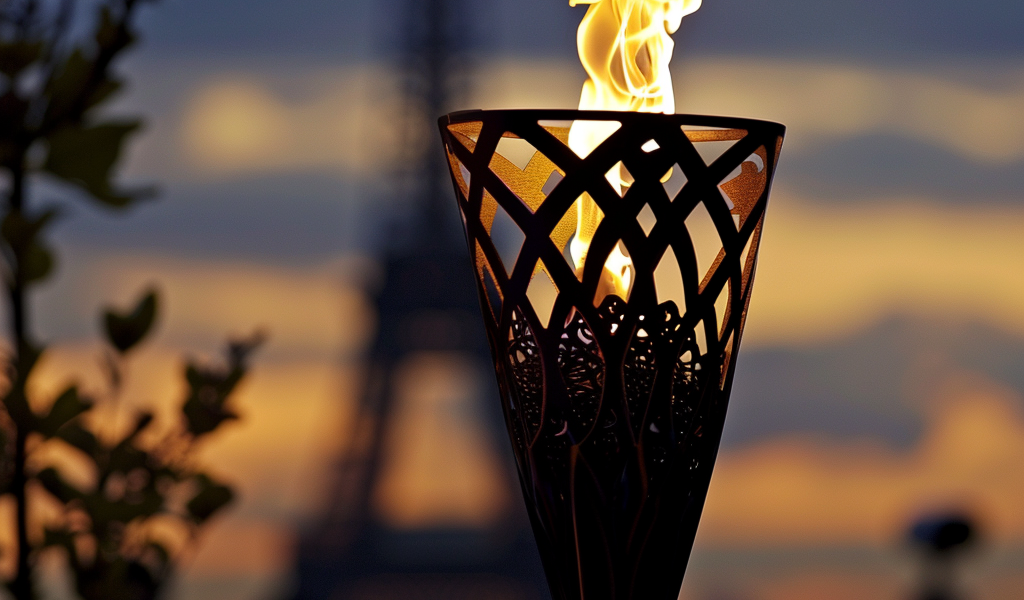The Olympic flame is a symbol of the Games, embodying the spirit of competition, peace, and unity. As the world gears up for the Paris 2024 Olympics, the significance of this iconic flame is more relevant than ever. From its origins to its modern-day representation, the Olympic flame is steeped in history and meaning.
The tradition of the Olympic flame dates back to ancient Greece, where it was used in the original Olympic Games held in Olympia. The flame was ignited by the sun’s rays using a concave mirror, symbolizing purity and the connection between the heavens and the earth. This practice was revived in the modern Olympics, with the flame being lit in Olympia and then transported to the host city, where it remains lit throughout the duration of the Games.
One of the most pressing questions surrounding the Olympic flame is: what happens if it goes out? The flame is designed with redundancy in mind. Modern Olympic torches feature two flames: a cooler one that is more susceptible to being extinguished by wind or rain, and a smaller, hotter flame that is protected from the elements. If the primary flame goes out, the backup flame can reignite it, ensuring that the Olympic spirit remains unbroken.
However, despite precautions, there have been instances in Olympic history where the flame has been extinguished. For example, during the 2014 Winter Olympics in Sochi, the flame was accidentally blown out and had to be reignited using a security guard’s cigarette lighter. Similarly, at the 1976 Montreal Games, an official had to relight the flame with a lighter after it was briefly extinguished. These incidents highlight the challenges of maintaining the flame’s continuity amid unpredictable weather conditions.
The Olympic flame is not just a physical representation but also a powerful symbol. It embodies the positive values associated with fire, such as hope, perseverance, and the pursuit of excellence. The flame serves as a reminder of the ancient Greek ideals of competition and camaraderie among nations, transcending borders and uniting athletes from around the world.
As the world approaches the Paris 2024 Olympics, the flame will once again take center stage during the Opening and Closing ceremonies. The journey of the flame from Olympia to Paris is a carefully orchestrated event, with the torch relay capturing the imagination of millions as it travels through various countries and cities, showcasing the spirit of the Games.
In addition to the ceremonial aspects, the flame also represents the resilience of the Olympic movement. The ability to relight the flame, even in adverse conditions, is a testament to the enduring spirit of the Olympics. It serves as a metaphor for overcoming challenges and rising above adversity, a theme that resonates deeply with athletes and fans alike.
In conclusion, the Olympic flame is much more than a mere symbol; it is a representation of the values and ideals that the Games stand for. As the flame prepares to make its way to Paris, the world watches with anticipation, eager to witness the continuation of a tradition that has inspired generations.





